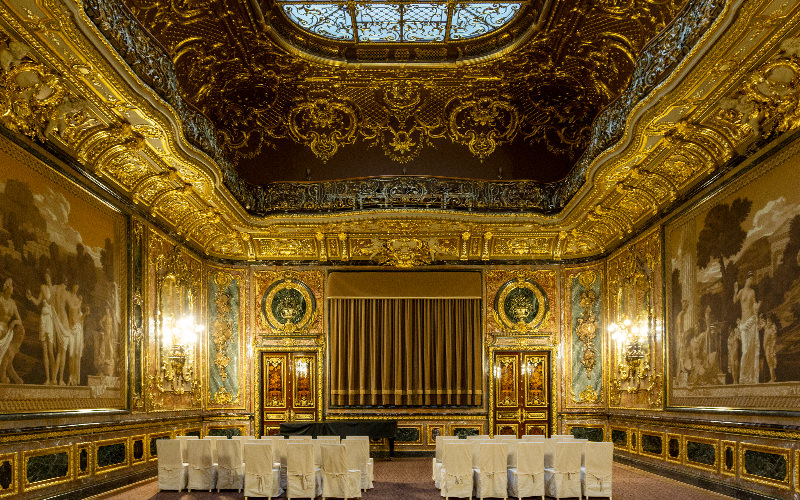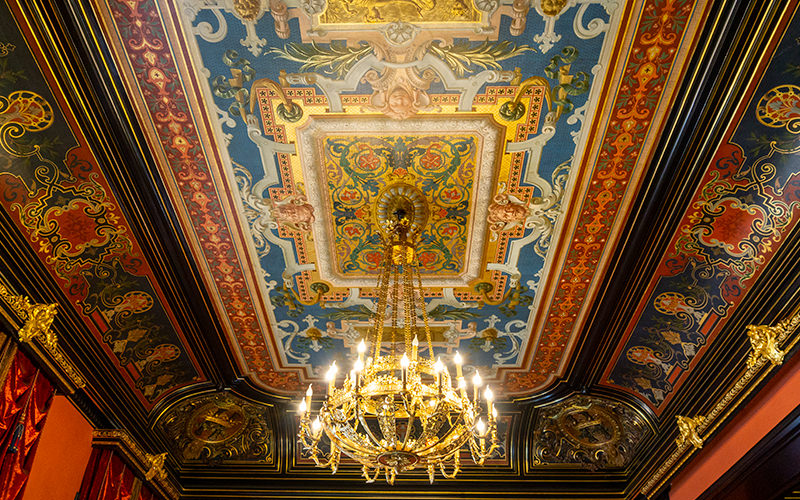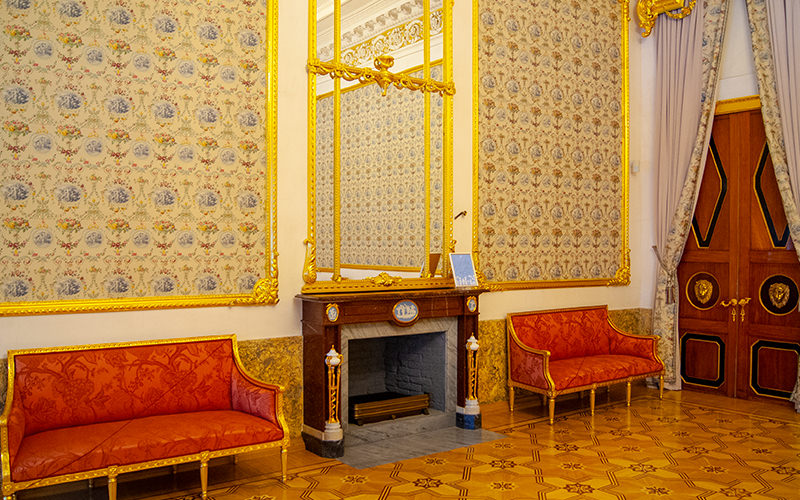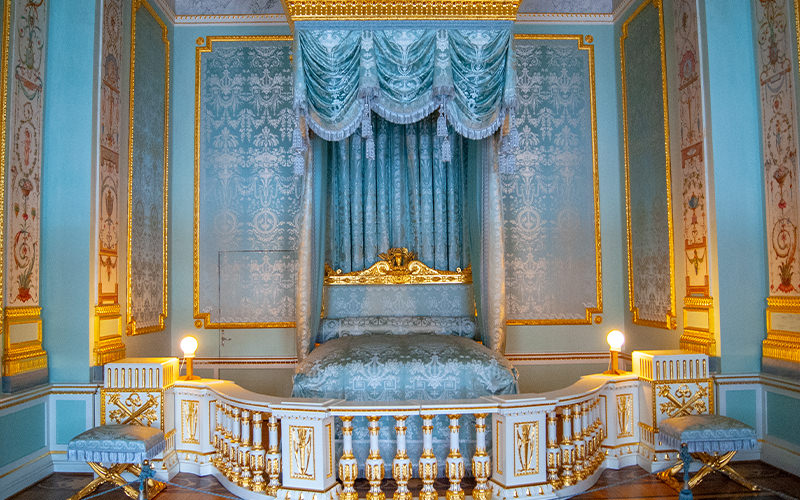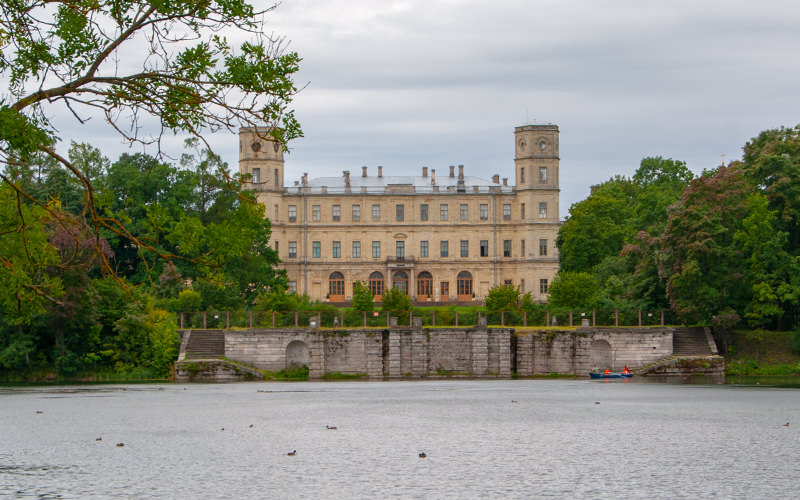At the very end of the 18th century, a truly unique architectural monument, the Priory Palace, was built in Gatchina by architect Nikolai Lvov. Today, this structure serves as a distinctive symbol of the city and is arguably one of the most unusual and recognizable palaces in the vicinity of Saint Petersburg.

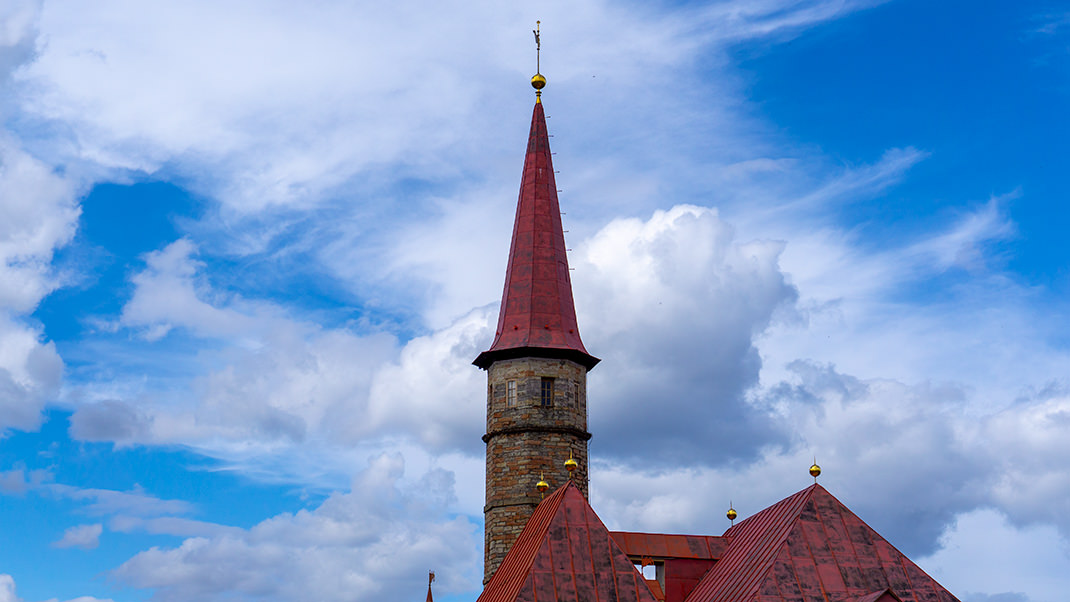
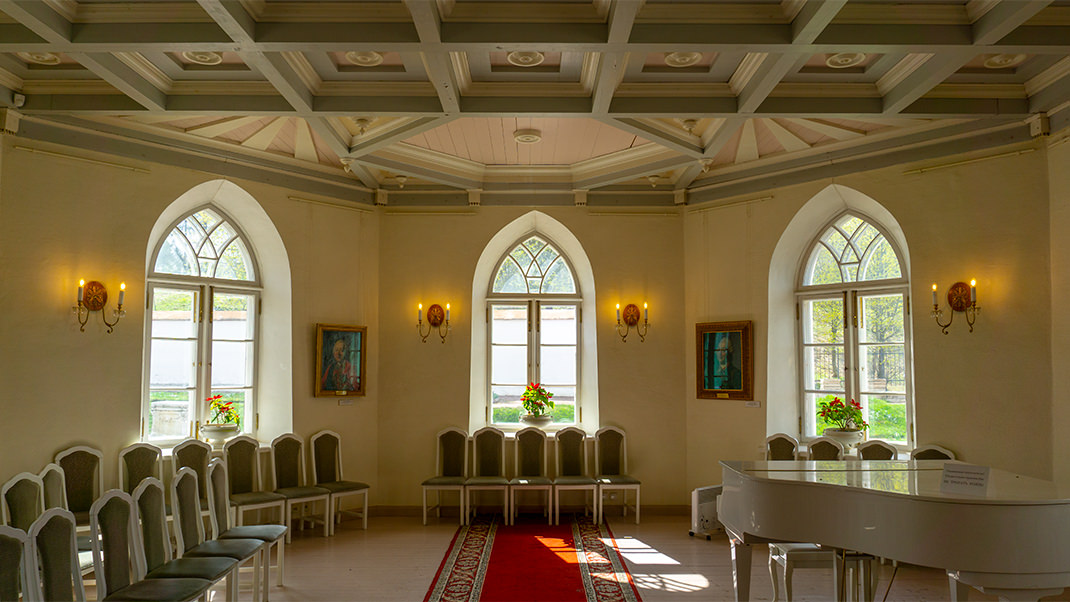
How to Get There
You can reach Gatchina by both private car and public transportation: commuter trains and buses. My favorite way to travel around the suburbs of St. Petersburg is by train. Traveling by rail, you will never get stuck in traffic, and you can always plan your visits to landmarks in advance.
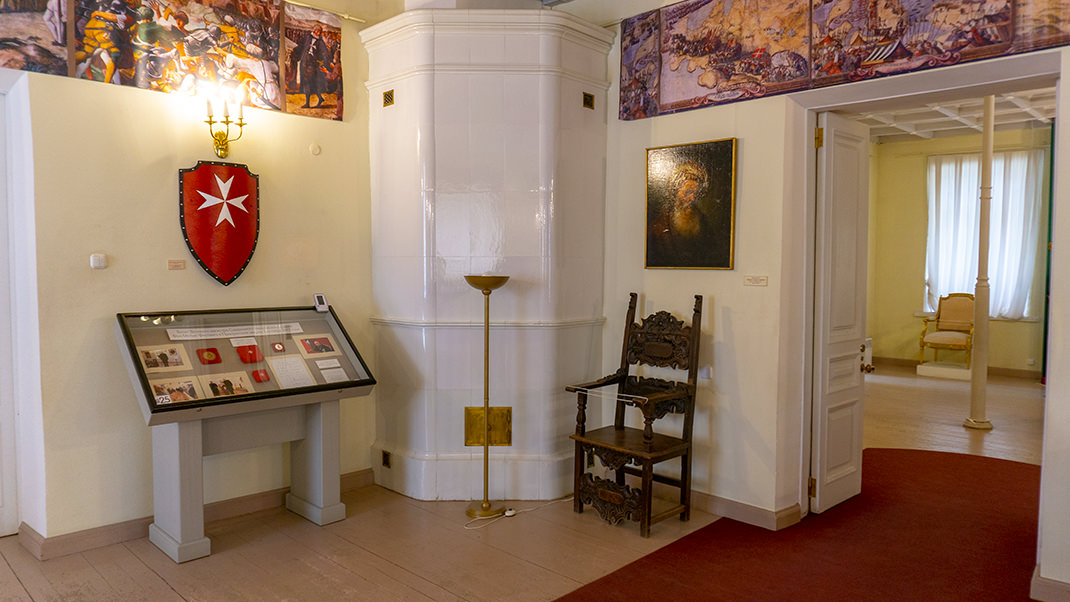

There are two train stations in Gatchina: "Gatchina-Varshavskaya" and "Gatchina-Baltiyskaya." Trains depart here from the Baltic Station in St. Petersburg. From either station, the palace is about a 15–20 minute walk.
The cost of an adult entrance ticket to Priory Palace is 200 rubles (as of 2019).
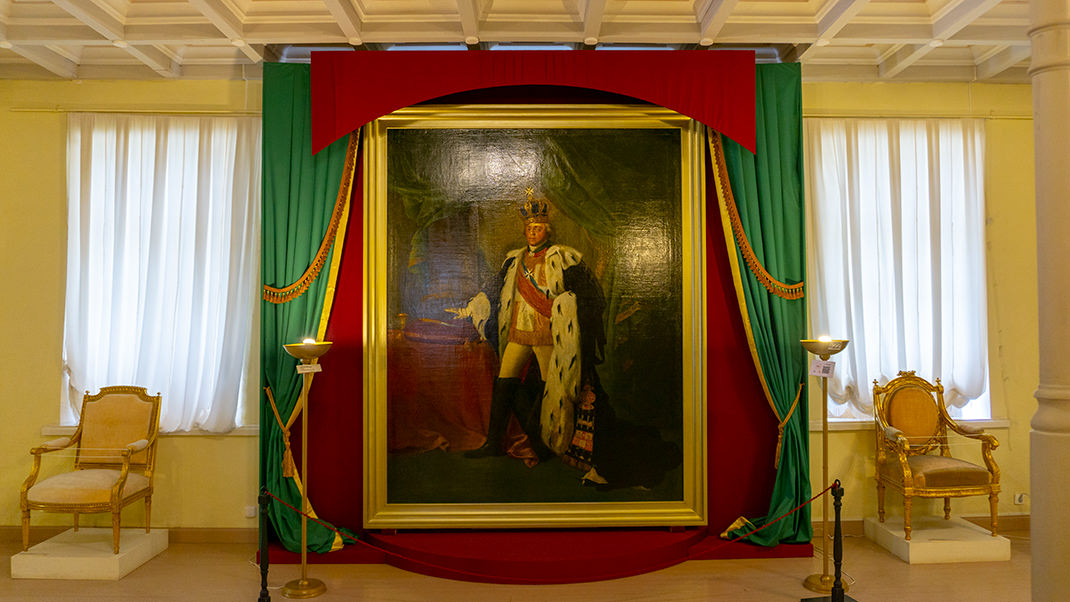
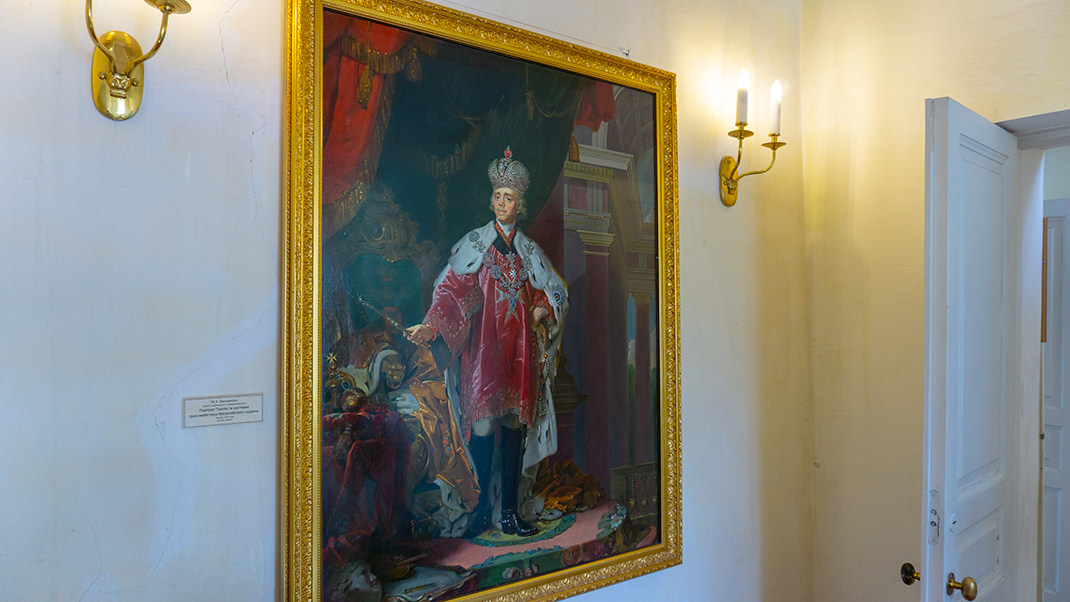
A Bit of History
As I mentioned earlier, Priory Palace is a unique architectural structure. It is the only building in Russia constructed using the rammed-earth technique. What does this mean? When building such structures, dense clay soil is sifted through a sieve and compacted layer by layer into the formwork. A lime solution is poured between the layers for solidity. The palace's interior walls were laid using bricks made with the same technique. A total of 11,790 bricks were laid during the construction of the building.

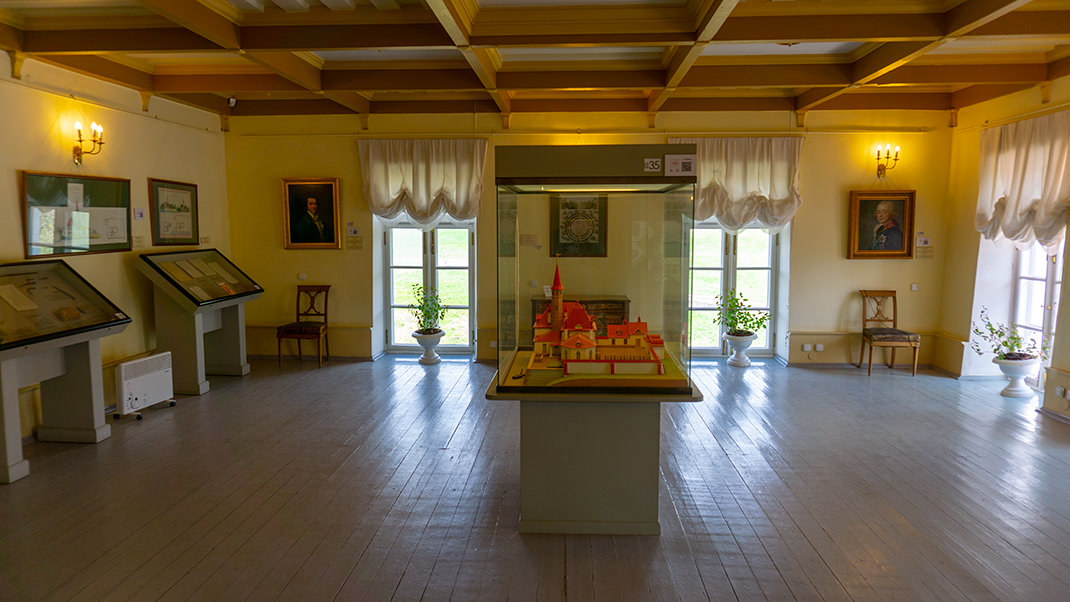
Notably, houses built using this technique can only be erected in the summer, which is why Priory Palace was built in just two months.
Many people are probably puzzled by the palace’s name, which is quite unusual for Russian buildings. It is tied to events that took place in the 18th century. In 1797, the Convention for the creation of the Russian Roman Catholic Grand Priory was ratified, establishing the Russian Grand Priory. A year later, in November 1798, Russian Emperor Paul I became the Grand Master of the Order of Malta. On August 23, 1799, Priory Palace was transferred to the order.
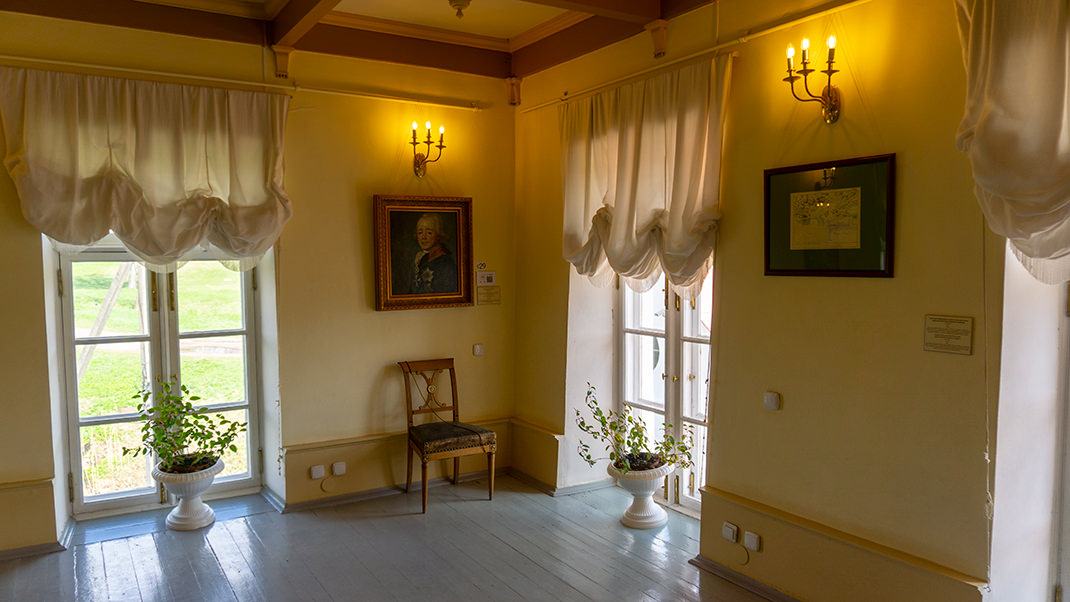
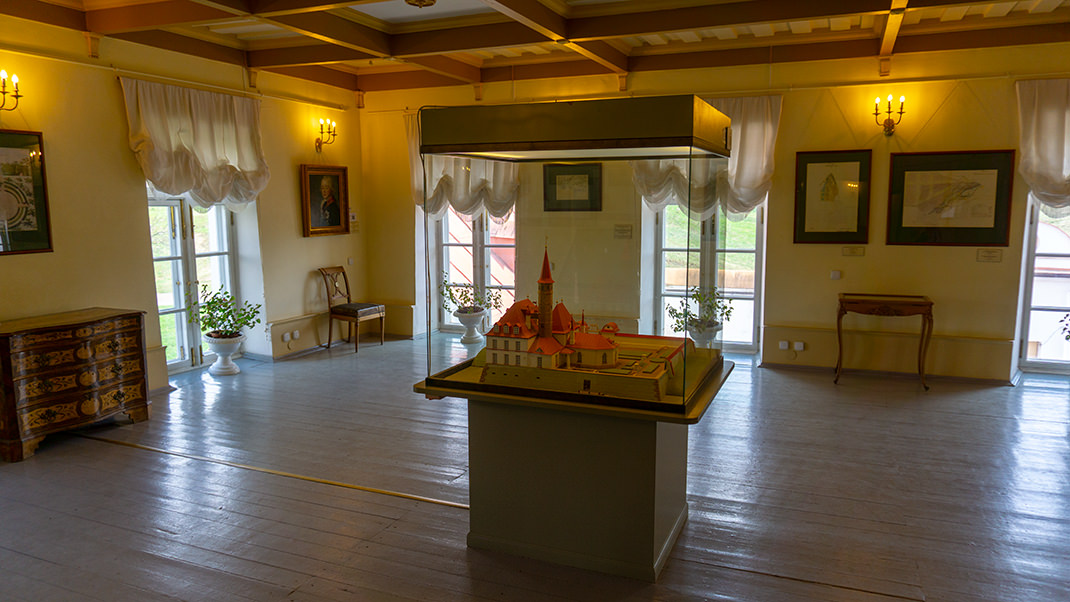
After the emperor’s death, his son, Alexander I, renounced the title of Grand Master, and the knightly estates were returned to the treasury. The palace's purpose changed several times over the years: in the 19th century, it housed the family of the royal hunting manager, and during Soviet times, the building hosted natural history and local history museums, a factory recreation center, and even a music school.
What to See
The palace is quite small inside, with five rooms and a souvenir shop located across two floors. Additionally, an exhibition dedicated to the palace’s construction technology is located in a small room by the staircase on the second floor. The museum's collection includes various documents and photographs about the history of the Order of Malta and the palace itself. The collection also includes several paintings.
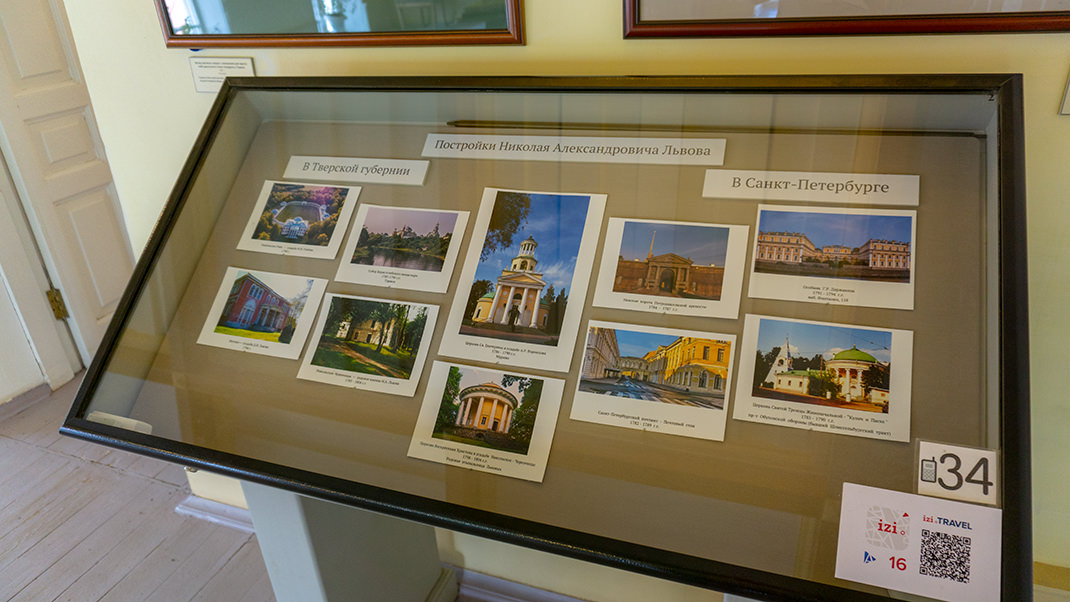

I must disappoint those hoping to visit the 30-meter tower—it is closed to the public, and the staircase leading up can only be glimpsed through closed doors.
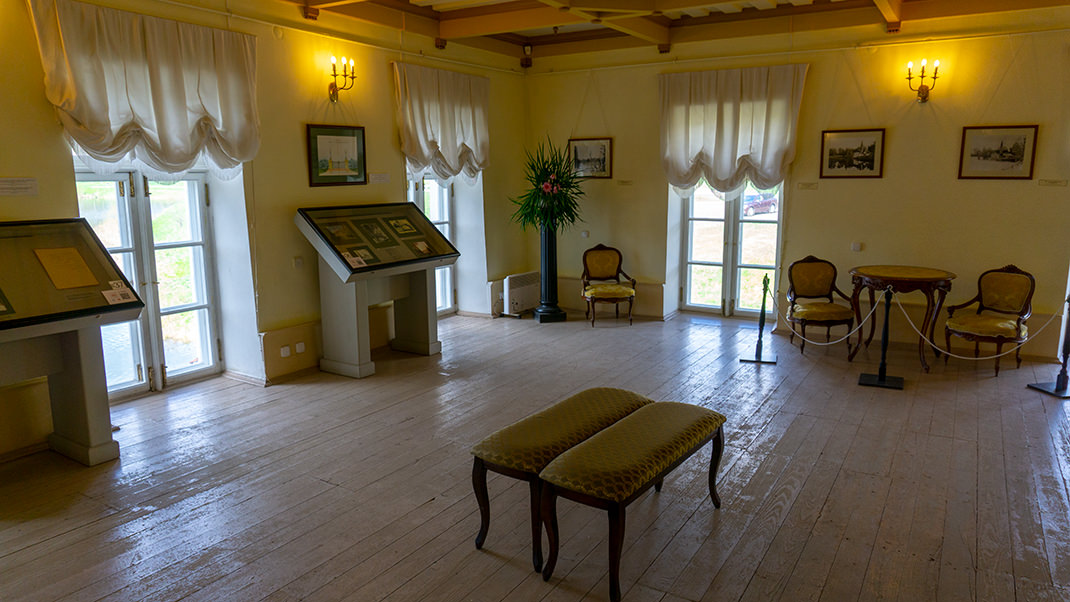
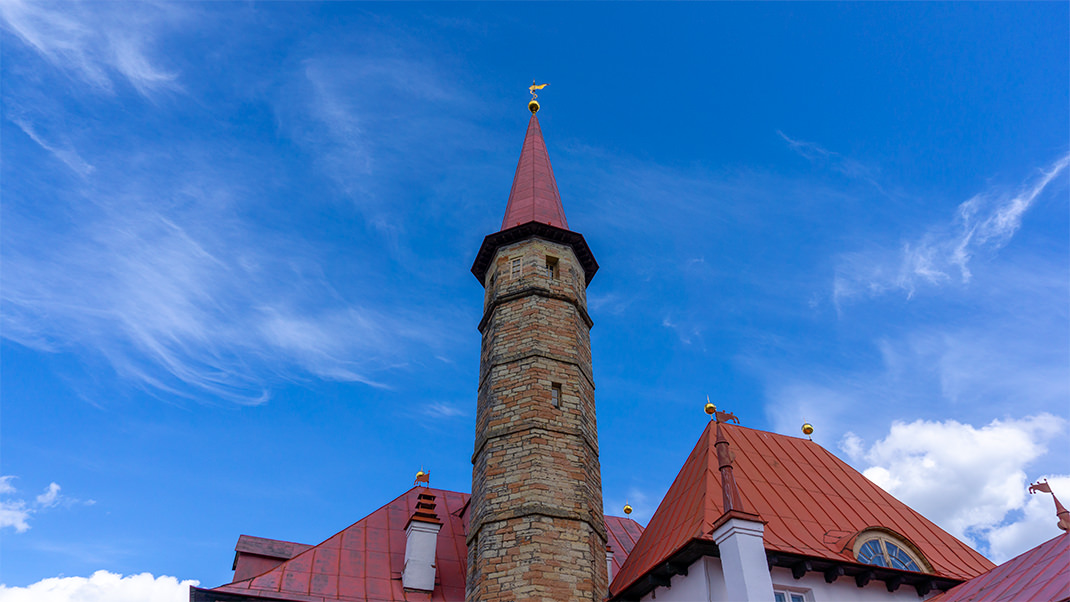
A tour of the palace won't take long, so after the visit, you can easily head over to the nearby Great Gatchina Palace and its surrounding park.
In summary:
- A small, modest palace built using a unique construction technique;
- In warmer months, it's convenient to combine a visit with a walk in the Gatchina parks;
- Since the tour includes an audio guide, you can choose your own route and don't have to follow other tour groups.


